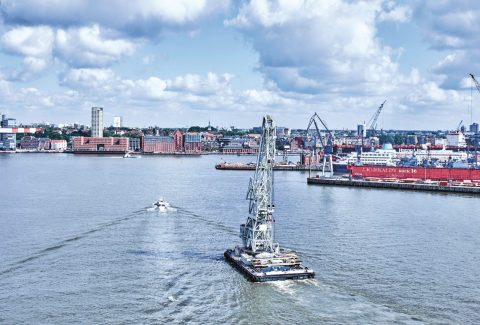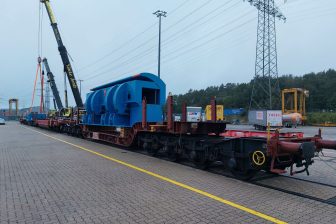
Trusty servants retrofitted
HHLA’s floating cranes to continue lifting heavy loads
Photo HHLA
With the demand for heavy-lift services in high demand at the port of Hamburg, Hamburger Hafen und Logistik AG (HHLA), has decided not to retire its two Demag-built floating cranes, but rather to retrofit them for a sustainable future and continued handling of heavy loads.
Want to read more?
You have read all of your free premium articles for this month. Please become a subscriber to keep reading.
Subscribe now!
Take advantage of our exclusive offer to get full access to all premium content.




